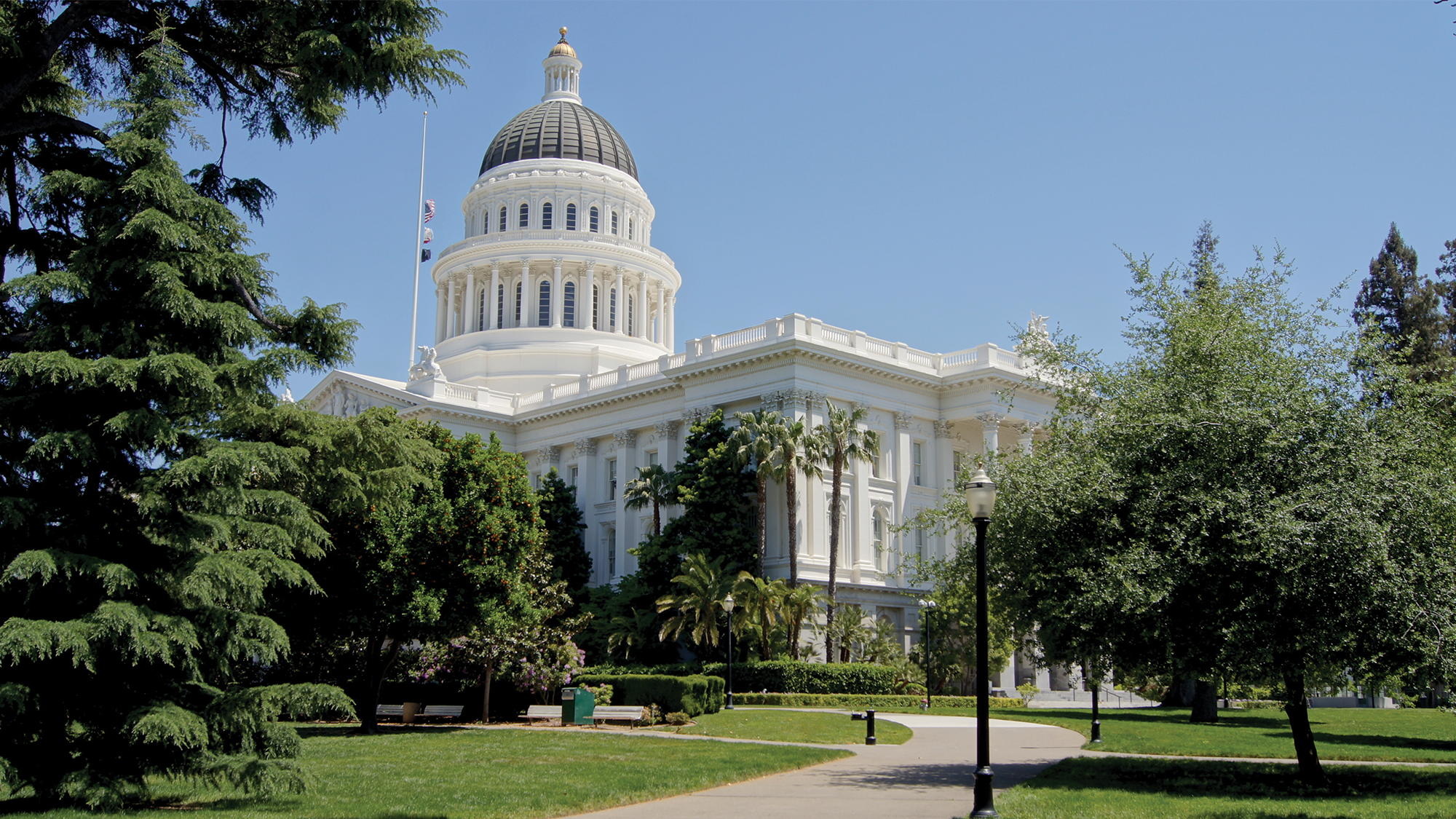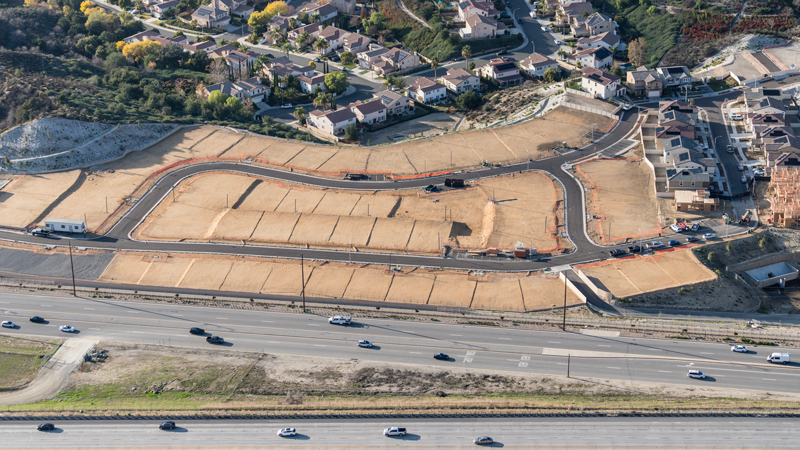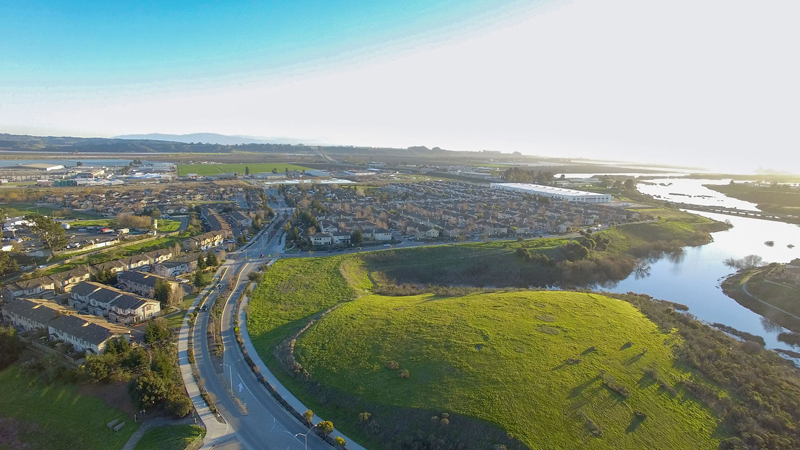7.1 minute read
August 16, 2023
California is already experiencing the impacts of a changing climate, including shifts in the frequency and severity of extreme weather events. As temperatures warm, the state is witnessing more frequent and severe heat waves and wildfire, more variable precipitation, increasing sea levels, and a succession of droughts.
With the recognition that adapting to the effects of climate change will require all levels of government, business, and communities to coordinate on solutions, over 800 climate professionals attended the 2023 Climate Adaptation Forum in Pomona. This three-day conference, hosted biennially by CivicWell in partnership with the Governor’s Office of Planning and Research, included more than 60 sessions.
Harris' Sustainability Director, Darin Neufeld attended and coordinated with dozens of individuals from prominent state and local agencies, nonprofit entities, and advocacy organizations. The conference provided an opportunity to hear directly from state and community leaders, local decision-makers, and technical experts on emerging trends and recent developments in the climate adaptation field. Attendees also learned about tangible approaches and strategies that could be put to use.
Planning Climate Adaptation and Resilience
Climate adaptation planning is the process of developing a set of actions that reduce physical climate risk. Resilience is the capacity of any entity—an individual, community, organization, or natural system—to prepare for disruptions, recover from shocks and stresses, adapt, and grow. Building on tools such as Climate Action Plans, Safety Elements, and Local Hazard Mitigation Plans, the conference sessions took a closer look at best practices in adaptation planning to help communities minimize the potentially disastrous effects of severe weather events.
While the sessions and discussions are too numerous to summarize, we've chosen four key trends to focus on here.
-
There is currently an unprecedented level of funding available to state and local jurisdictions, tribal governments, and other qualifying organizations for climate adaptation and resilience through grants.
The federal government has committed billions of dollars through the Infrastructure Investment Jobs Act (IIJA), which focuses on creating climate resilience in the energy sector. Find more information about funding opportunities here.
The federal government also committed funding through the Inflation Reduction Act (IRA), which creates large tax credits and subsidies for businesses to invest in clean energy from wind, solar, nuclear, geothermal, and energy storage. For individuals, the IRA incentivizes electric vehicles, heat pumps, rooftop solar, and the use of clean fuels such as green hydrogen. Find more information about these funding opportunities here.
In the 2023/24 budget, California has again committed a large sum of money for climate programs that entail advancing zero emission vehicles, increasing energy grid resilience, increasing drought resilience, restoring and protecting natural habitat, mitigating extreme heat, investing in community resilience in vulnerable communities, supporting sustainable agriculture, promoting the circular economy, and increasing coastal resilience.
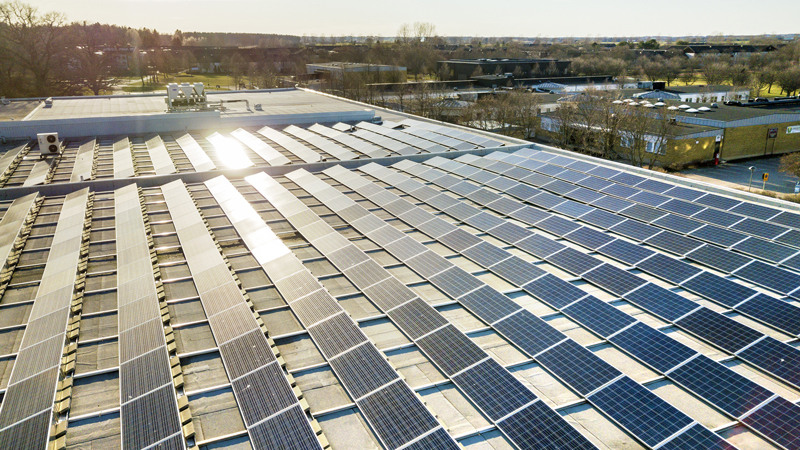
Through the California Resilience Challenge, the state continues to fund critical adaptation planning grants to strengthen the most vulnerable local communities against the worst effects from heat, drought, floods, and wildfire. Learn more about the Challenge here.
For more information about general climate adaptation funding opportunities, the following resources are regularly updated:
-
Collaboration is key. Existing coalitions across California can help local jurisdictions prioritize action and use their resources efficiently. The state continues to update key data and plans for building local capacity.
One message that we heard echoed in nearly every session is the value of working smarter together. In a state well-known for advanced climate regulations and initiatives, there is no shortage of expertise to tap when jurisdictions need support. Regional collaboration and resource-sharing can often be among the most effective ways to address climate change-related issues. After all, disasters do not recognize jurisdictional boundaries.
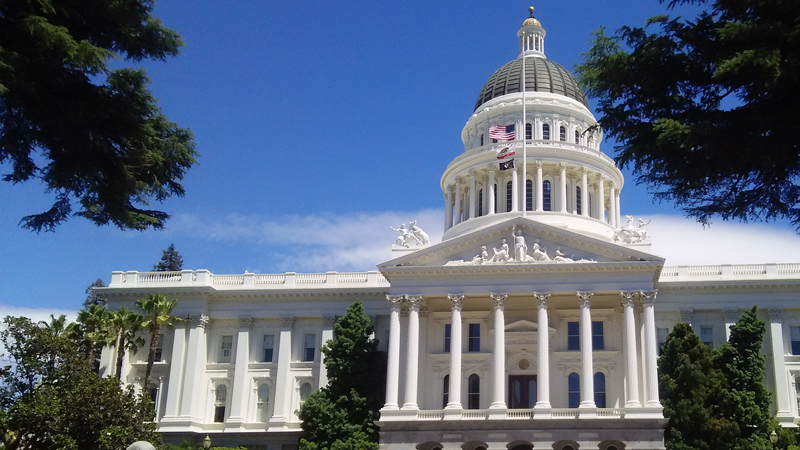
Participation in a regional climate collaboration provides an opportunity to share expertise and leverage resources to address the most complex climate change issues. For example, the Alliance of Regional Collaboratives for Climate Adaptation (ARCCA) represents the eight regional climate collaboratives that encompass 80% of the state’s population and supports a network of organizations and professionals working to advance climate change adaptation in California.
ARCCA works to advance adaptation principles by engaging in state policy development, facilitating dialogue between key decision-makers and stakeholders, and creating tools and resources to conduct joint projects. Learn more about ARCCA here.
State agencies continue to support local jurisdictions with regular updates to key data and plans. We attended sessions about current efforts to update the California Climate Adaptation Strategy, which guides state efforts around adaptation and resiliency. We also heard more about Cal Adapt, which is widely used by climate professionals as the best available data source for climate planning. To receive updates on these key resources, visit https://climateresilience.ca.gov/ and https://cal-adapt.org/.
-
Bottom-up, community-focused solutions and grassroots initiatives have never been more important. The most vulnerable communities are the ones that will experience the worst effects of climate change, but they are also key to achieving the best possible outcomes as climate effects worsen.
Planning to adapt to climate change will require participation at all levels of society, but special care must be taken to engage those likely to be the most affected. The effects of climate change—including rising temperatures in urban areas, more polluted air, and the increasing frequency and intensity of extreme storms—will disproportionately affect overburdened and low-income people and communities already facing significant economic and social challenges.
A community’s success or failure in preparing for the impacts of climate change will be measured by how it is able to address the needs of those on the frontlines of impacts and those already suffering from a range of challenges including lack of economic opportunity, racism, and pollution.
A key part of climate adaptation is ensuring that equity is integrated into policies and practices. The most impacted communities need to be engaged with as early as possible.
The City of Los Angeles’ Climate Emergency Mobilization Office (CEMO) exemplifies this work and is aligned with LA’s Green New Deal and collaborates with City Departments and Bureaus. CEMO’s initiatives address extreme heat through a variety of methods, including the development of a heat action plan, broad public awareness campaigns through social media and bus advertising, and emergency heat notifications. Learn more about this project here.
-
The effects of climate change are real, dangerous and facing us now. Plans need to be actionable and implementable upon completion.
A majority of resources for adaptation planning are typically spent by jurisdictions on evaluating vulnerabilities (i.e. potential effects of climate change on various demographics) within their communities. This leaves fewer resources for the implementation of adaptation and resilience strategies.
We summarize key points about how to avoid this common pitfall below:
- Identify the points of greatest risk based on a population and critical assets approach.
- Determine whether you (the agency) has control over the solution(s).
- Prioritize solutions to the biggest threats first.
- Consider the effects of adaptation and resilience strategies on your most vulnerable communities early. If there is potential for negative outcomes, you must mitigate by developing new strategies. This centers equity in your approach.
- Develop buy-in with implementing departments early in the process and try to connect adaptation and resilience strategies to existing programming/funding wherever possible.
- Identify funding and political barriers as early as possible and seek creative solutions while you're developing the plan.
- Look to develop strategic partnerships to help overcome those barriers, especially including cross-jurisdictional and community-based organizations.
Harris Can Help
Harris represents cities and counties across California as they work to address climate change. Whether it's climate adaptation and resilience planning, hazard mitigation planning, or Safety Element Updates, our team is well-prepared to support your important work.
Visit our Climate Change + Sustainability page for more information on our work in this area or contact Harris’ Director of Sustainability, Darin Neufeld.
Authors
Source
Harris & Associates
Markets
Municipal
Planning + Development
Services
Climate Change + Sustainability
Environmental Planning + Compliance
Categories
Climate Adaptation Forum
CivicWell
Governor’s Office of Planning and Research
Climate Change
Climate Adaptation
Greenhouse Gas
GHG
Severe Weather
Resilience






